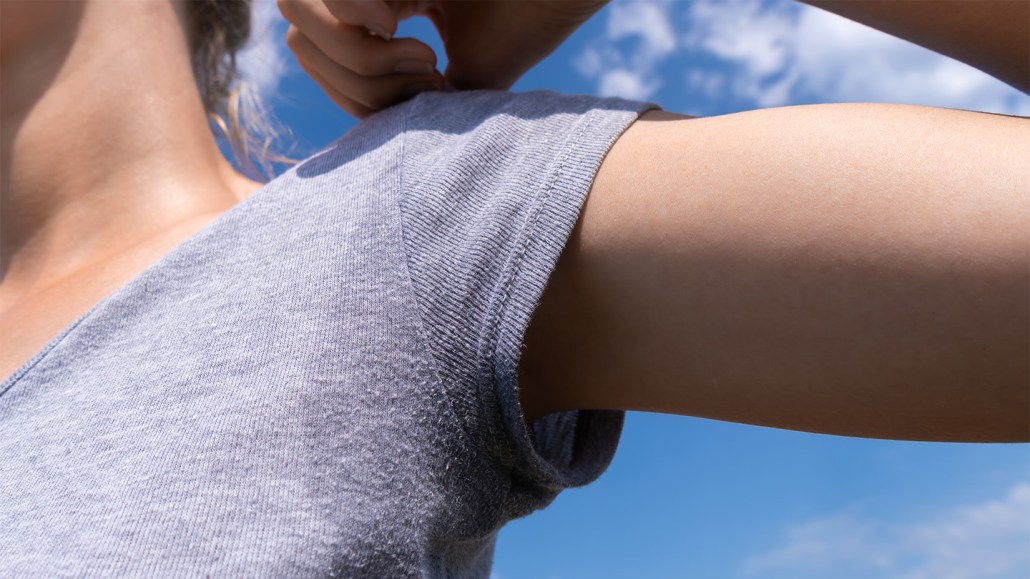Here’s why teens’ body odor can be especially strong
After puberty, armpits can take on fruity, cheesy and musty scents

Researchers collected the armpit scents of teens and younger kids. Teens’ body odor had some chemicals that didn’t show up in infants and toddlers.
Olga Ihnatsyeva/Getty Images Plus
Share this:
- Share via email (Opens in new window) Email
- Click to share on Facebook (Opens in new window) Facebook
- Click to share on X (Opens in new window) X
- Click to share on Pinterest (Opens in new window) Pinterest
- Click to share on Reddit (Opens in new window) Reddit
- Share to Google Classroom (Opens in new window) Google Classroom
- Click to print (Opens in new window) Print
By Skyler Ware
Ah, puberty. Bodies get taller. Muscles get stronger. And often, body odor becomes more intense. Now, scientists have identified some of the compounds that give teenagers their signature scent.
Teenage body odor differs from that of infants and toddlers. In teens, it contains two smelly steroids. Those are molecules that often serve as chemical messengers in the body. Teen B.O. also has higher levels of carboxylic (Kar-bok-SIL-ik) acids. Those chemicals form when armpit sweat and skin oils break down. Those carboxylic acids may contribute to the noticeable changes in B.O. throughout puberty.
“Body odor changes through development,” says Helene Loos. A chemist, she works at the Friedrich-Alexander-Universität Erlangen-Nürnberg in Germany. A great diversity of compounds mingle in body odors, she says.
Loos was part of a team that sampled body odor in teens 14 to 18 years old and young children up to age 3. The study’s 18 teens and 18 young kids slept with cotton pads under their arms for a night. Other pads left in their rooms captured any smelly chemicals in the air. Analyses of the pads revealed the B.O. of young children and teens have more than 40 compounds in common.
Some classes of chemicals showed no difference between age groups. But the scents of carboxylic acids were more prevalent in teens.
The team had six people trained in describing scents take a whiff of these compounds. Some carboxylic acids had pleasant scents that the panel described as fruity, soapy or grassy. But some yuckier smells were cheesy, musty or goatlike.
Researchers also identified two steroids present only in the teens’ armpit aromas. One smells of sweat, urine and musk. Musk is a substance used in perfume that can smell earthy and warm. The other steroid smells of musk and sandalwood, which has a warm, woody and spicy scent.
The team shared its findings March 21 in Communications Chemistry.
Notably, some compounds known to contribute to strong body odor weren’t detected, points out Andreas Natsch. A biochemist, he works at Givaudan, a fragrance and flavor company in Vernier, Switzerland. But these compounds might still be in the medley that is teen B.O. They might require different detection techniques than those used in the new study. Or they may show up more after exercising or working up a sweat.
Body odor continues to change across life. In future work, Loos hopes to study these changes and look for the missing stinky compounds.







